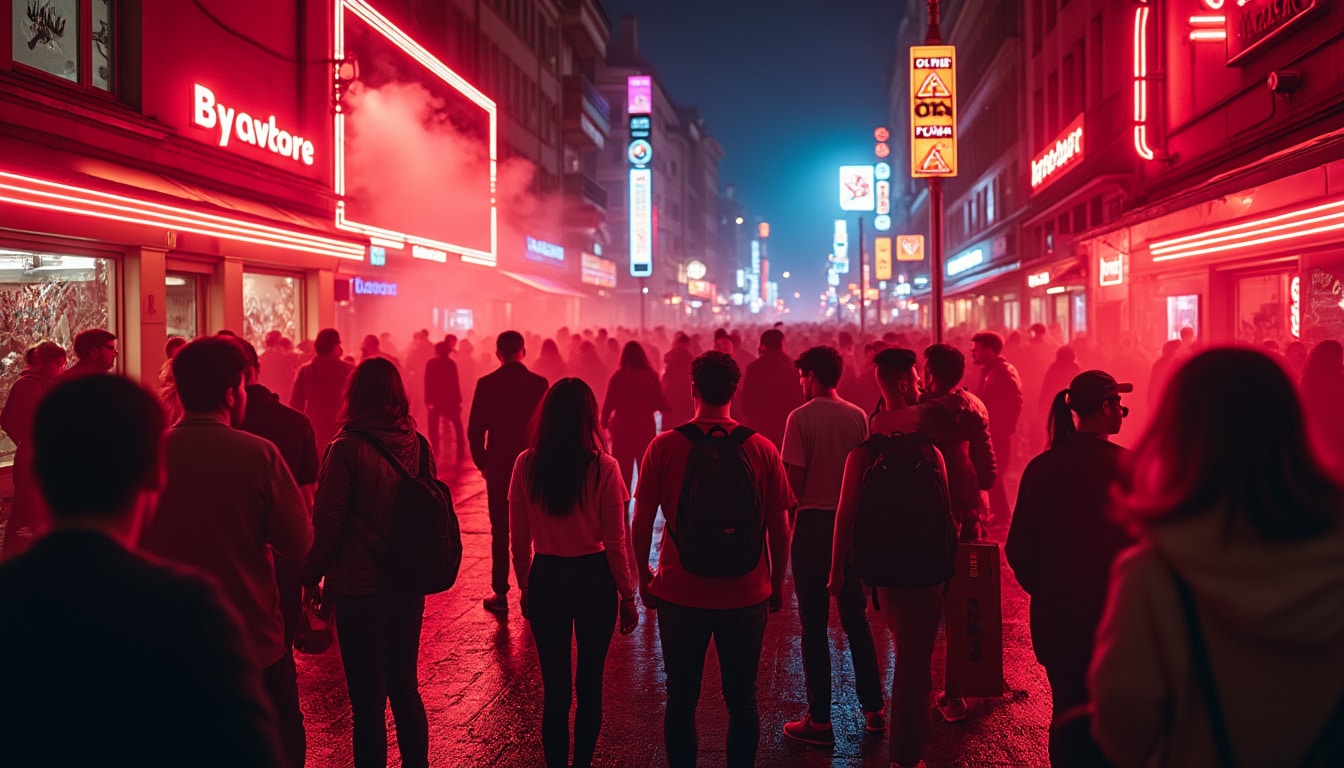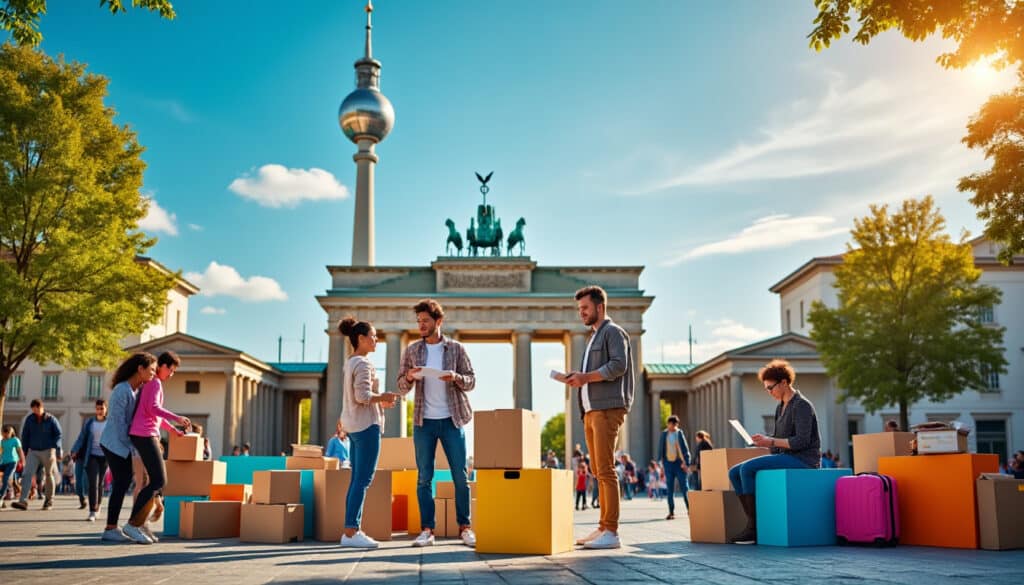Berlin, known for its vibrant culture and historic significance, is a city that has always been at the forefront of policy shifts and progressive change. As the capital of Germany, Berlin is often seen as a microcosm for the country’s unique blend of tradition and modernity. One of the areas where this is most evident is in the city’s approach to smoking, drug use, and the regulation of its famous nightlife. With increased scrutiny and evolving attitudes, understanding the legal landscape in Berlin’s buzzing venues and streets is critical for both residents and visitors. This exploration provides a comprehensive guide to how smoking and drug laws intersect with Berlin’s dynamic city life, offering insight and clarity to navigate its nuanced regulations.
The Smoking Landscape in Berlin: Past and Present
Berlin’s relationship with smoking is complex, reflecting a broader cultural shift across Germany. Historically, smoking in public places such as bars and restaurants was widely accepted until substantial regulatory measures were introduced in 2008. However, compliance and enforcement have varied significantly by district, highlighting a divide between law and local custom. Notably, Berlin’s neighborhoods like Friedrichshain-Kreuzberg and Mitte are stepping up efforts to ensure adherence to smoking bans. This initiative is part of a broader movement towards smoke-free environments to enhance public health and safety.
Despite the longstanding smoking ban in bars and restaurants, enforcement has been lenient. Until recently, local authorities often left the decision to the discretion of bar owners, some of whom allowed smoking to cater to patrons preferring the smoky-bar atmosphere. However, 2025 has brought a renewed commitment from environmental and health advocates within the district councils to enforce these regulations more stringently. The Green Party councillors are instrumental in driving these changes, advocating for stricter compliance checks and imposing fines when necessary.
For those unfamiliar with Berlin’s legal framework, a clear understanding of the applicable fines is crucial. Currently, the penalty for smoking in restricted areas can reach up to €100, while bar owners might face fines of around €1,000 for non-compliance. This policy resembles enforcement levels in other German states like Bavaria, North Rhine-Westphalia, and Saarland, where smoking bans are more rigorously applied. These standardizations aim to unify public health policies across Germany, reinforcing Berlin’s commitment to a healthier urban environment.
Nevertheless, social attitudes towards smoking are slowly changing. A generational shift is evident, with younger Berliners increasingly keen on non-smoking venues that promote cleaner air and a healthier atmosphere. This trend is boosting the popularity of smoke-free bars and cafes, reflecting a growing preference for more mindful consumption choices among Berlin’s diverse populace.
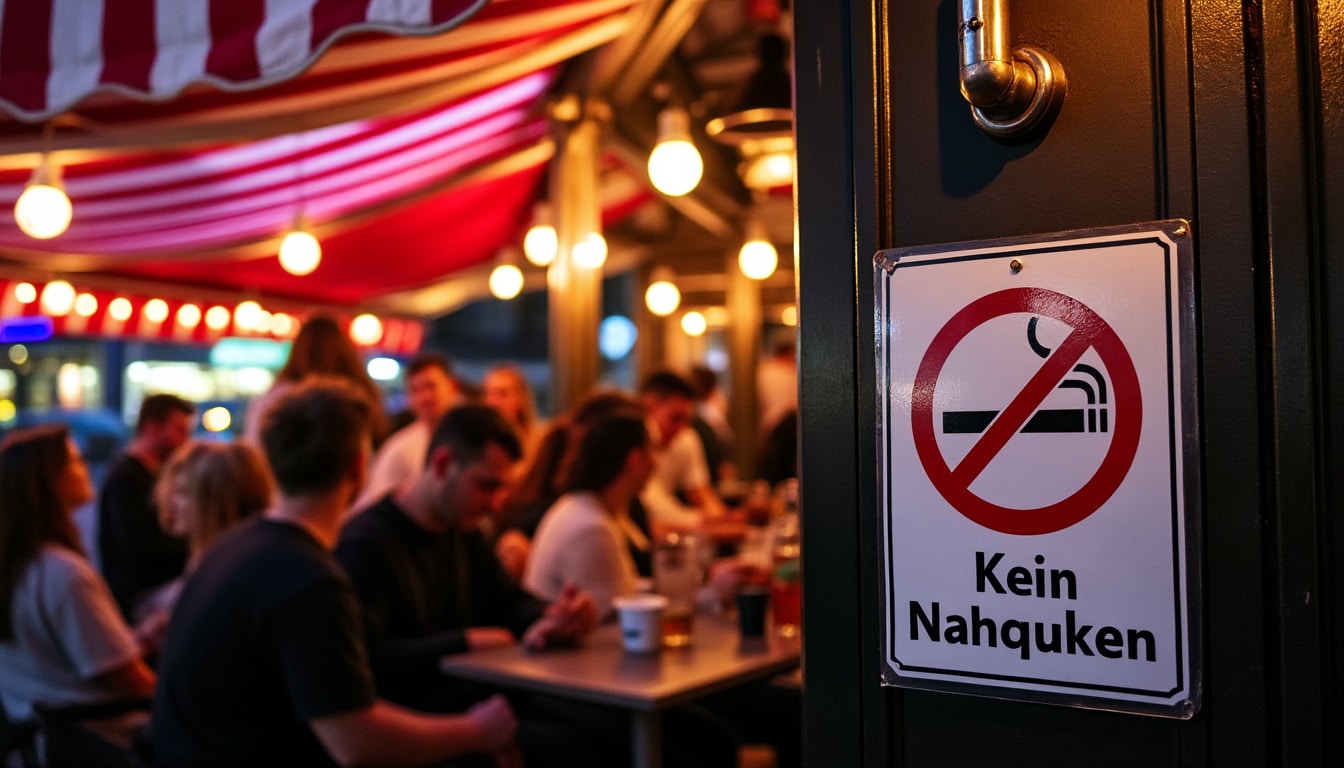
Impact on Nightlife and Venues
The enforcement of smoking laws plays a substantial role in shaping Berlin’s nightlife culture—a scene highly regarded across the globe for its diversity and exuberance. Legendary nightspots like Berghain, Watergate, and Kater Blau are adapting to these changes, renovating spaces to include dedicated smoking areas that comply with existing regulations. By maintaining strict adherence to the law while offering alternatives, these venues continue to thrive without compromising on their distinct atmospheres.
Such adaptations demonstrate the ability of Berlin’s nightlife industry to evolve alongside regulatory developments while preserving the essence of what makes the city a nightlife mecca. Establishments like Sisyphos, Club der Visionaere, and Kraftwerk Berlin illustrate how venues are creatively redesigning their spaces. By creating separate, legally compliant smoking lounges, they not only adhere to legal requirements but also enhance the overall clubbing experience, ensuring patrons can enjoy Berlin’s vibrant nightlife without infringing on public health protocols.
- 🚭 Strict enforcement of indoor smoking bans
- 🏢 Adaptation by nightclubs through innovative renovations
- 🌿 A shift towards smoke-free social environments
Exploring Berlin’s Drug Policies: A Modern Approach
In recent years, Germany, and Berlin in particular, have adopted a more progressive stance on drug policy, mirroring global trends of decriminalization and harm reduction. The past decade has witnessed significant evolution in attitudes towards recreational and medicinal cannabis use, resulting in legislative changes aimed at reducing the penalties associated with possession and use.
Berlin’s current drug policy is influenced by the overarching German legal framework, which supports harm reduction and controlled consumption. This approach aligns with practices observed in other European nations, reflecting a shift from punitive measures to strategies that emphasize public health and education. In 2025, an imminent change is Germany’s anticipated nationwide legalization of cannabis for adults over 18, a move expected to significantly impact Berlin’s social and legal landscape.
In urban hotspots such as the RAW-Gelände and SO36, Berlin’s liberal policy is evident. These areas serve as testaments to Berlin’s inclusive atmosphere, offering safe consumption spaces and promoting education about responsible drug use. Public health organizations are closely involved, running initiatives focused on harm reduction and treatment accessibility, ensuring that users are supported and informed.
Challenges and Opportunities
Despite progressive policies, Berlin’s drug scene is not without its challenges. Areas like Leopoldplatz in Wedding highlight the complexities involved. Known for its open drug use, the site reflects the difficulties faced by law enforcement and public health agencies in managing open drug consumption while prioritizing community safety and individual rights.
Local authorities deploy several strategies, from patrolling by police units to initiatives led by social services that promote awareness and provide assistance. Their efforts focus on establishing controlled environments where users can engage without posing significant risks to themselves or the community. These initiatives are bolstered by increased presence of outreach workers, distribution of clean needles, and clinics offering methadone programs aimed at reducing harm.
- 🆘 Enhanced community outreach programs
- 💉 Clean needle exchange initiatives
- 📈 Progressive decriminalization of minor drug offenses
Through organizations like Fixpunkt e.V., Berlin engages in tireless efforts to mediate between communities, offering support for addiction recovery and promoting safe consumption practices. These endeavors serve as a model for cities globally battling similar issues, demonstrating the efficacy of collaboration between law enforcement and social services in nurturing a balanced and humane urban ecosystem.
Red Light District Regulations: The Complex Reality
Berlin’s red light districts, steeped in history and intrigue, are governed by a mosaic of legal structures designed to balance regulation with the realities of the industry. The city’s approach to its red light areas reflects broader European attitudes towards sex work, emphasizing legalization and regulation over criminalization.
The primary objective is to ensure safety and legality within the industry, protecting workers and patrons alike through stringent guidelines. Businesses operating within Berlin’s recognized red light zones adhere to specific regulations concerning health, safety, and operational conduct. Constant oversight by city officials ensures compliance with these standards while upholding the rights and welfare of sex workers.
Regulations encompass various aspects from zoning laws to health inspections, aiming to limit exploitation and promote worker safety. The ability of Berlin to maintain a thriving, yet regulated, red light sector is a testament to its commitment to progressive policy-making and respect for individual freedoms.
Societal Impact and Regulation
The intersectionality of law and societal norms is especially prominent in Berlin’s approach to red light districts. Legal reforms over the years have aimed not only to improve conditions for sex workers but also to mitigate associated societal issues, such as human trafficking. The framework of these laws is designed to provide transparency and accountability in operations, ensuring that all activities are conducted within a legal and ethical boundary.
Moreover, Berlin’s diverse red light areas, such as Kurfürstenstraße, offer unique insights into how urban spaces can host a facet of city life often stigmatized by public perception. Efforts to destigmatize sex work, backed by advocacy groups and legal reforms, have fostered environments where sex workers are empowered and supported by comprehensive social programs.
- 🔍 Rigorous health and safety inspections
- 🗺️ Detailed zoning ordinances
- 💬 Ongoing advocacy for workers’ rights
As Berlin continues to evolve both culturally and legislatively, the city’s ongoing dialogue between government, communities, and non-profit organizations ensures that its approach to red light districts remains both humane and effective. This ensures the protection of vulnerable individuals while accommodating the realities of a modern, vibrant city.
FAQs about Smoking, Drugs, and Red Light Laws in Berlin
- What are the penalties for smoking in prohibited areas in Berlin? The fines can reach €100 for individuals, while bar owners may face penalties of around €1,000 for allowing smoking in their establishments.
- Is cannabis legal in Berlin? As of 2025, Germany is expected to legalize cannabis for individuals over 18, significantly shaping the legal landscape in Berlin.
- How are red light districts regulated in Berlin? Berlin’s red light districts are regulated through health and safety laws, zoning regulations, and worker protection policies, ensuring legal and ethical operations.

Legal Information and Rules in Berlin
Berlin, a city that stands as a beacon of culture and history in Europe, is also a labyrinth of legal intricacies that both residents and newcomers need to navigate. Whether you’re diving into the vibrant expat community or simply relocating…
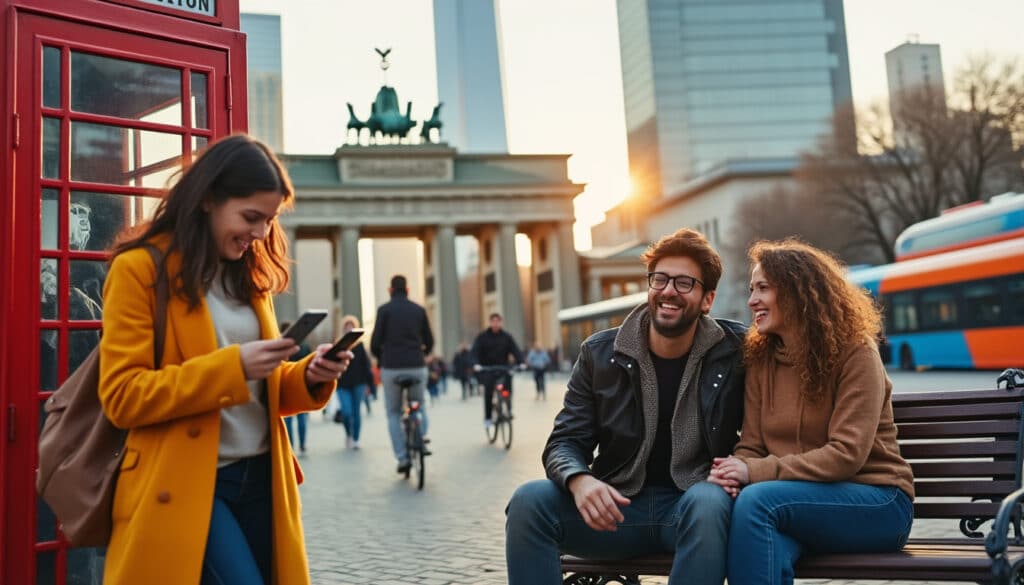
Calling and communication rules in Berlin
Berlin, a city pulsating with history and modernity, stands as a beacon of effective communication and diverse cultural interactions. Understanding calling and communication rules in Berlin is essential for anyone looking to connect smoothly with its locals, whether it’s for…
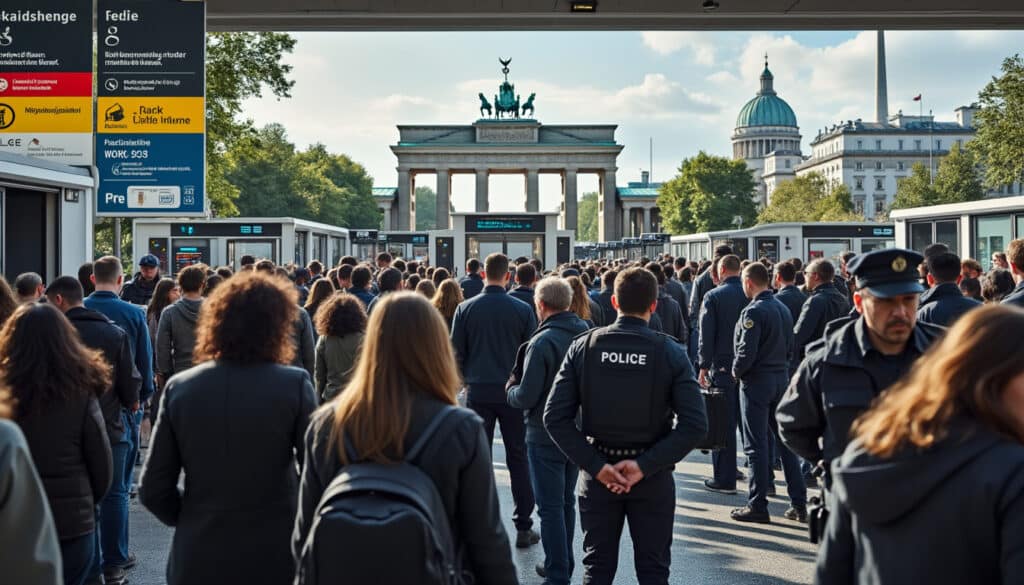
Criminal status and entry to Berlin
Navigating the intricate laws surrounding entry into Berlin while having a criminal record can be daunting. For travelers and potential residents with a past brush with the law, understanding how these records affect your chances of entry or returning to…
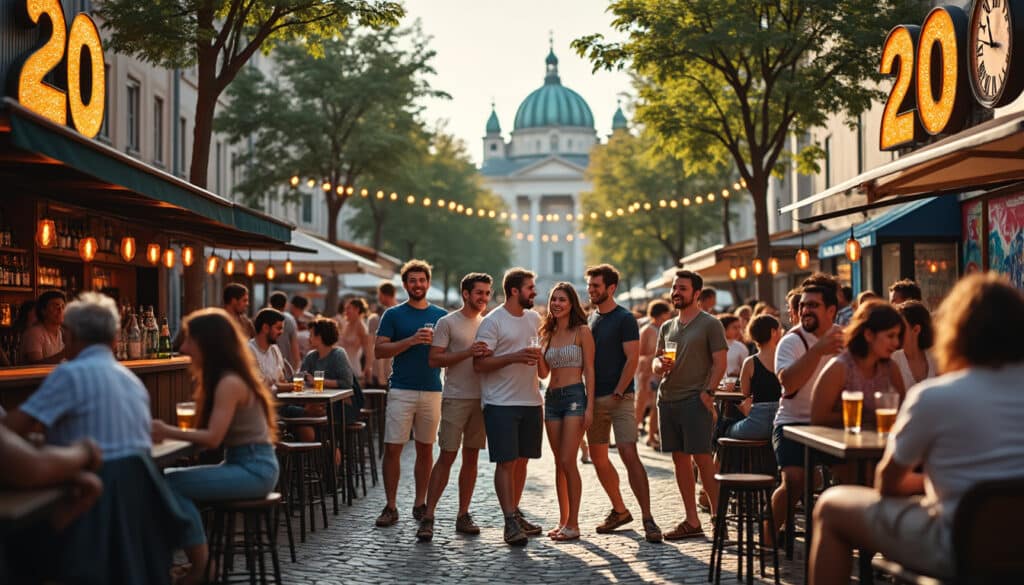
Drinking and age restrictions in Berlin
Berlin is a city that exudes a unique blend of history, culture, and a liberal approach to social norms, particularly when it comes to alcohol consumption. The capital city of Germany is famous not only for its rich past and…

Berlin, a city teeming with vibrant culture, historic landmarks, and a plethora of festivities, offers an intriguing array of holiday experiences year-round. From public holidays steeped in tradition to school breaks inviting exploration, Berlin’s holiday calendar is a gateway to…

Social and discrimination issues in Berlin
The social fabric of Berlin is as vibrant and diverse as the infamous Berlin nightlife. Yet, beneath its dynamic surface lies a complex tapestry of social and discrimination issues. This article delves into the multifaceted nature of discrimination within the…

